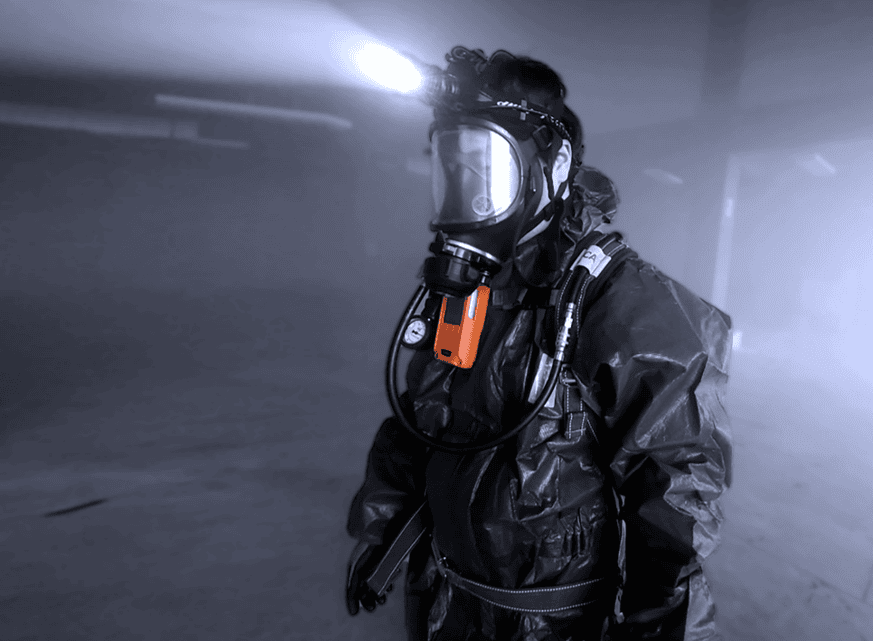The Top Applications for our Pumped Multi Gas Detector: The MGT Pump

The Senko portfolio contains a wide range of products for hundreds of applications, with some products more frequently used than others. One of our more widely applicable singular products is the MGT Pump. With over 35 gas combinations available and up to 6 gas sensors in one device, the MGT Pump is flexible and can be used for unique gas hazards. Today we will be discussing our top combinations from our Senko Europe partner network, where these have been used and why the MGT Pump was ideal for this particular use.
Confined space entry
For confined space entry applications, the MGT Pump with the gas combination LEL/O2/H2S/CO is used. This is a standard configuration for multi gas portables since it represents the most common and dangerous gas hazards to come across in the work environment. This combination is used across a wide range of applications with confined space entry requirements (sewage treatment, wastewater, marine vessels etc).
This particular gas combination is used for the following reasons:
Industrial Hygiene
For industrial hygiene, the configuration LEL/O2/H2S/CO/PID is often used. Industrial Hygiene involved the assessment and control of substances present in the workplace. This is particularly common in Oil and Gas and Petrochemical applications due to the numerous hazardous substances you can come across on site.
This particular combination is used similarly as above due to the occurring hazards in confined spaces. However, a PID is also added for the following reason:
- PID: A variety of VOCs are often emitted from Oil as they are naturally a large part of the chemical make-up of this substance. Although not classed as toxic. exposure to VOCs can cause issues such as difficulty breathing and organ damage, as well as some VOCs being carcinogenic.
Demolition
For Demolition teams, the MGT Pump with LEL/O2/H2S/CO/NO2 sensors is typically used. This application also presents a confined space hazard in some areas due to collapsed structures and underground works, requiring confined space gas hazards to be accounted for. However, the addition of an NO2 sensor is usually required for the following reason
- NO2: Nitrogen Dioxide is a product of combustion for some equipment that utilise Oxy-fuel, such as cutting torches. These torches utilise gas like Acetylene and burn this with Oxygen to create a hot flame for cutting metal. Not only can this deplete the Oxygen in the atmosphere, but this can also cause the Nitrogen and Oxygen naturally in the air to react due to the high temperatures. This creates NO2 in atmosphere which can be extremely harmful to lung and heart function.
Why the MGT Pump?
The MGT Pump is a perfect fit for these applications due to its dual capabilities. It is able to complete spot checking into confined spaces before entry, and can also be used as a personal monitoring device whilst working in these areas. Eliminating the need for multiple devices and saving on overall project costs.
Additionally, the MGT Pump is easy to use. With a simple 3 button operation and automatic self-test and self-monitoring, users can quickly get to know their device and are instantly made aware when something isn’t quite right. And if something does go wrong, the MGT Pump features a simple maintenance regime with fully replaceable parts that are available at Senko Europe. Making overall team training fast and effective.
Find out more about the MGT Pump here or get in touch with us for more information.
